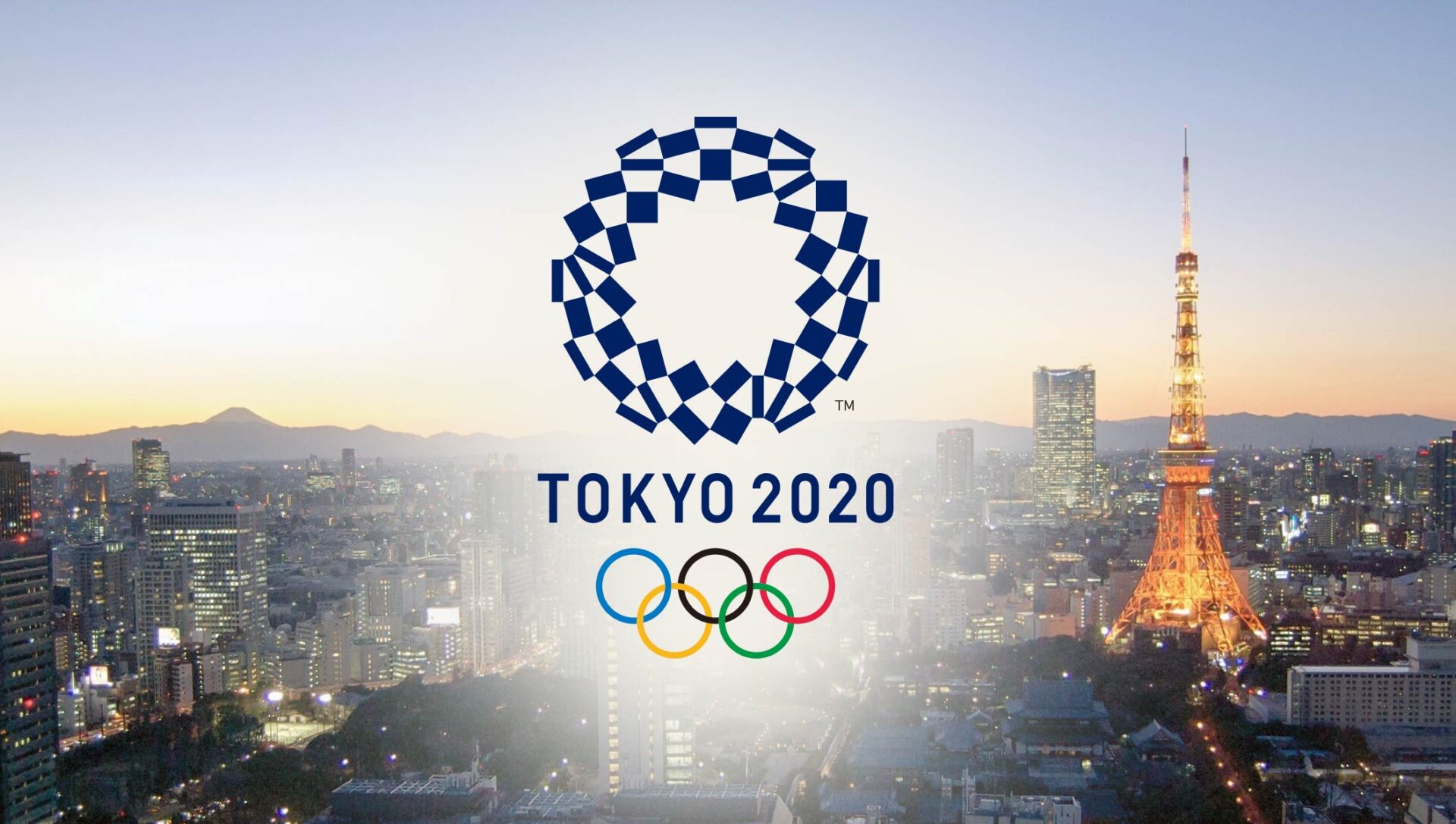Tokyo Games 2020 Cost $1.3 Billion Less Than Estimated
The Tokyo Olympics and Paralympics cost at most 150 billion yen ($1.3 billion) lower than anticipated since the Games mainly were without spectators, which helped reduce labor costs and other expenditures, officials stated on Friday.
Cost reductions resulting from the lack of attendance due to the pandemic have more than just offset the loss on ticket sales estimated to be around 90 trillion yen, so there’s no reason to expect there to be any additional burden on taxpayers.

The Olympics and Paralympics were held under extreme restrictions this summer. The cost of the entire event, shared among the organizing group and the central and Tokyo municipal governments, may be less than ¥1.5 trillion.
The organizers increased the overall budget for the Games to ¥1.64 trillion as of December, up from the previous plan of ¥1.35 trillion because of the unprecedented delay of one year for Games because of the pandemic.
There was a dispute over who should cover the costs as there were no ticket sales. If the committee organizing the event fell into the negative and was insolvent, the metropolitan government was the one to cover the deficit, and the central government stepped in to help in case that wasn’t enough.
The three organizers hope to agree on how they will split the cost of the event before the time the event is over.
The 17-day Tokyo Olympics, the largest sporting event since the outbreak of the virus featured more than 200 countries and regions up to August 8.
The majority of venues were void of spectators at the start of Olympics history. Japan battled COVID-19 levels at their highest for several months, with Tokyo under the fourth emergency.
Even though it fell short of expectations, the cost to stage the Olympics and Paralympics was still a significant increase by a figure ¥734 billion first determined by Japan when it submitted its application in 2013 for hosting the Games.
Also read about Free Bullet Train Rides For Kids In Japan To Help Rejuvenate Tourism
